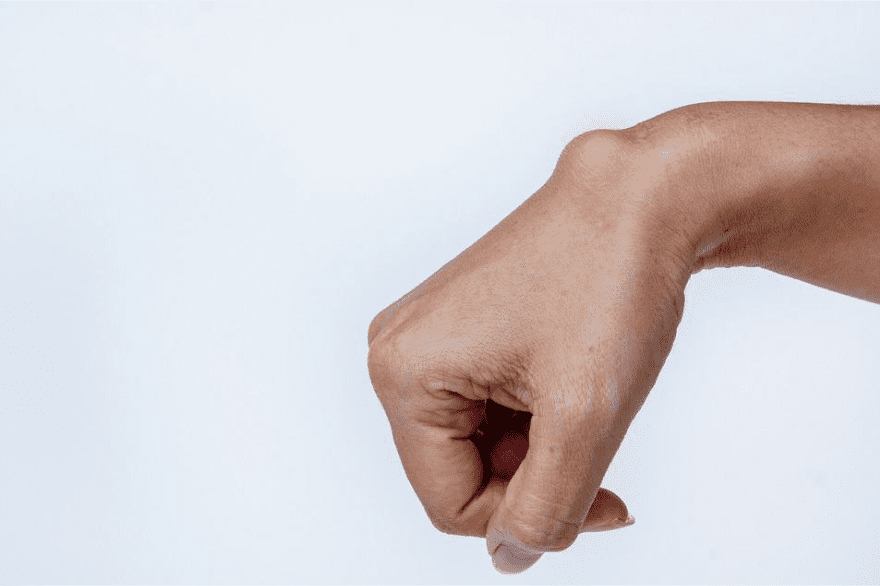
Ganglion- Excision
Ganglion- Excision –
Ganglion excision, also known as ganglionectomy, is a surgical procedure performed to remove a ganglion cyst
Cyst removal: The surgeon carefully dissects and removes the ganglion cyst from the surrounding tissues. The cyst may be connected to a nearby joint or tendon, and these connections are typically carefully identified and addressed to ensure complete removal. In some cases, the surgeon may need to use techniques such as blunt dissection or electrocautery to separate the cyst from the surrounding tissue.
Post-surgery care and recovery after ganglion excision are generally straightforward. The patient may be advised to keep the incision clean and dry, avoid strenuous activities or heavy lifting for a period of time, and follow any specific instructions provided by the surgeon. Sutures, if used, may be removed in a follow-up appointment.
Complications from ganglion excision are rare but can include infection, bleeding, scarring, and recurrence of the cyst.
Syptoms:
A ganglion, also known as a ganglion cyst, is a non-cancerous lump or swelling that commonly forms along tendons or joints, most often in the wrist or hand. Ganglions are filled with a thick, jelly-like fluid called synovial fluid, which is similar to the fluid found in joints.
It is believed to develop due to irritation or damage to the tissue surrounding the joint or tendon. Some possible contributing factors include:
- Joint or tendon trauma: Injuries or repetitive stress on a joint or tendon can lead to the development of a ganglion.
- Joint or tendon inflammation: Conditions such as arthritis or tendonitis can increase the risk of ganglion formation.
- Joint or tendon degeneration: Age-related wear and tear on joints and tendons can contribute to the development of ganglions.
Meet Our Doctors
